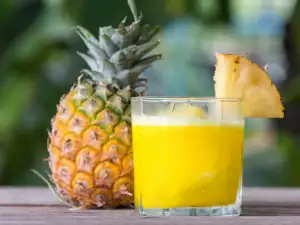Clean and safe tap water is one of civilization's greatest achievements. Bottled water is becoming increasingly popular, but there are concerns about its environmental impact and a lack of concrete evidence that it has health benefits.
Let's see the characteristics of the different types of water that we drink most often, in order to be informed and make the most useful choice for us.
Tap water
In developed countries tap water is thoroughly treated to remove impurities, germs and toxic contaminants. It is also carefully tested to ensure it is safe to drink and cook with; in fact, the tests may be of a higher standard than those for some bottled waters. In addition to ensuring safety, water treatment may also include changing the acidity or alkalinity of the water so that it does not cause corrosion in the pipes. Tap water may contain certain health-enhancing substances - such as fluoride to reduce tooth decay - but any such additions depend on local regulations.
Mineral water
Mineral waters have been used traditionally in their natural sources as spas or springs. Nowadays, they are increasingly bottled and distributed for sale. They often have high levels of dissolved minerals, although not all of them have any health benefits. These waters must be of constant composition and safe to drink without further treatment. Spring waters are also from natural sources, but their composition may vary and they may be filtered or treated.
Bottled water

Bottled water is not necessarily from a spring or natural source. Many bottled water is actually from the tap and some of it is not treated at all. Bottled water is usually sold in plastic bottles and there are concerns about the environmental impact of packaging - it takes a lot of energy and other resources to produce bottles and they create a lot of waste.
Interesting fact: 35 billion plastic water bottles are thrown away annually in the US alone.




















Comments